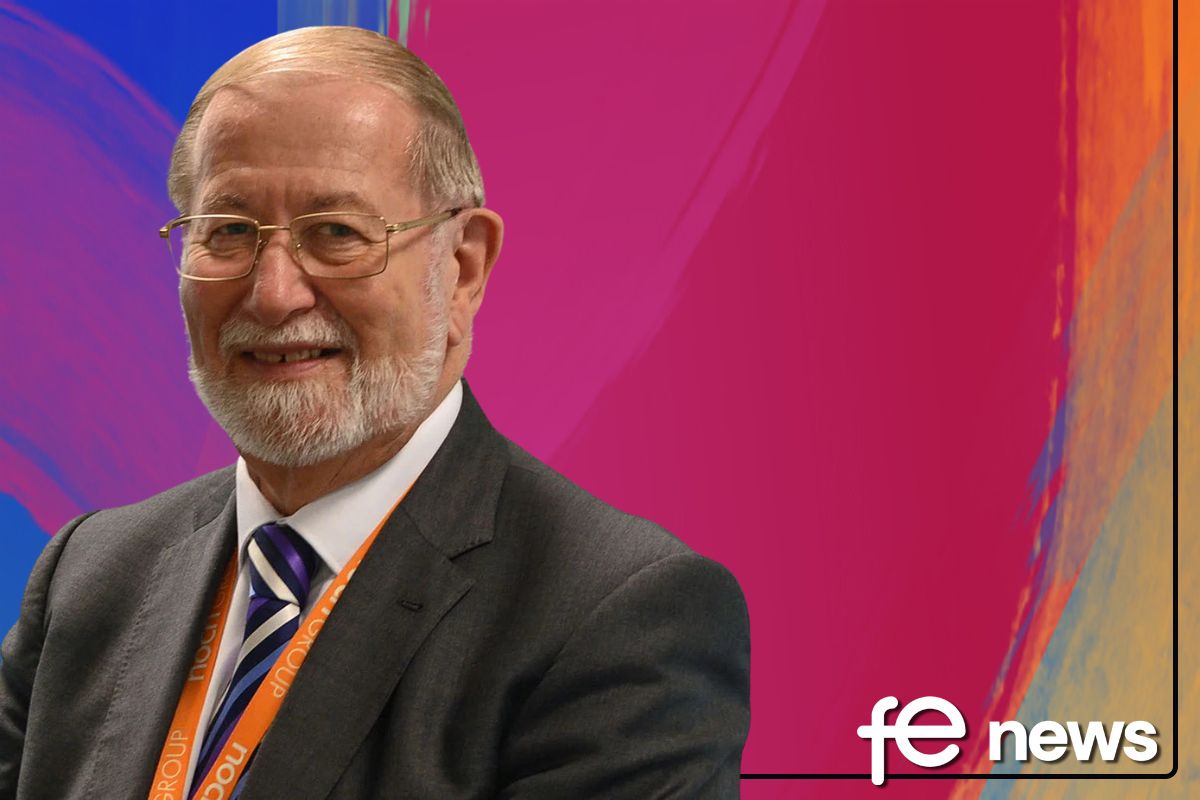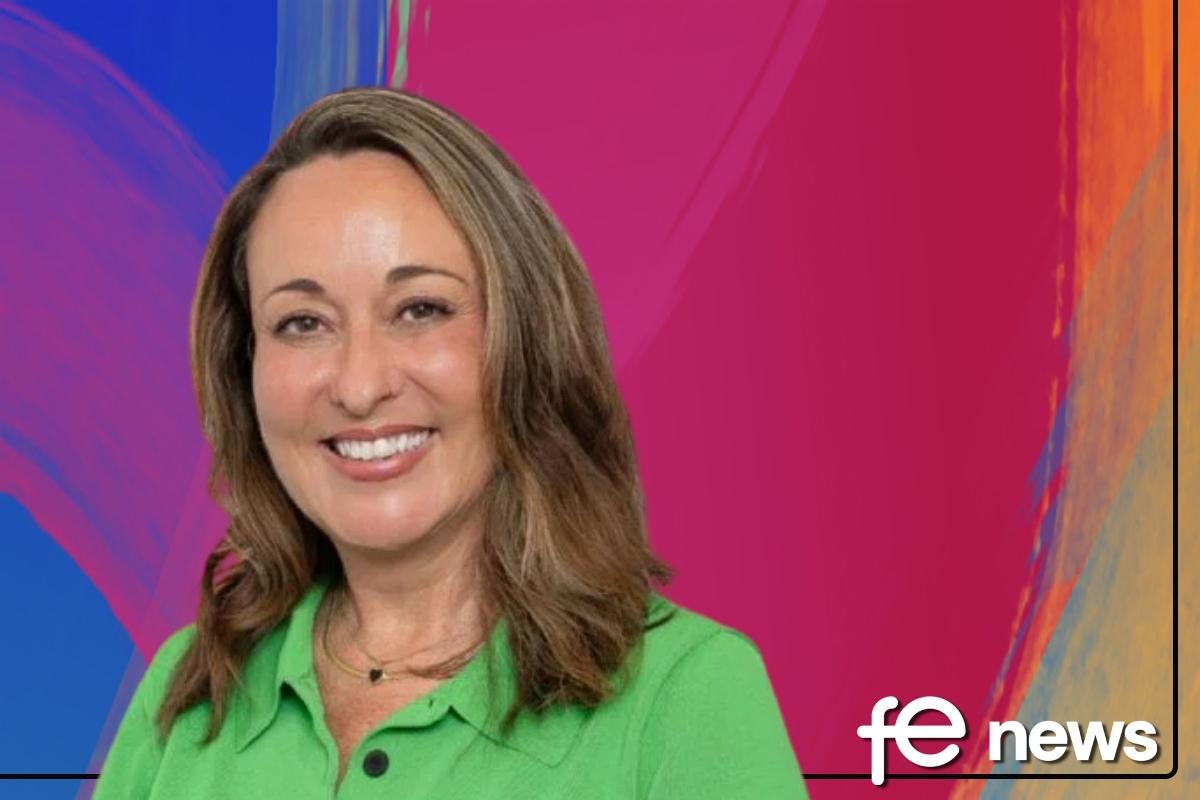Apprenticeship External Quality Assurance Is A Mess And Needs Sorting Out

The recent news that apprenticeship external quality assurance bodies, known as EQAs, are charging significantly different variable rates for their services is a mess.
Some are charging nothing while others’ fees run into thousands of pounds for what should be, essentially, the same service.
To sort it out, the Institute for Apprenticeships and Technical Education (The Institute) needs to go back to the drawing board and figure out a more efficient and effective approach to quality assurance.
A multi-tiered approach to regulation is clearly not working.
The reforms around apprenticeship have seen a number of measures introduced to improve quality in recent years. The scandal of the 16-week shelf-stacking apprenticeships was put to rest by the introduction of minimum programme durations of one year.
The introduction of a new Ofsted framework for the quality of training provision has put colleges and learning providers under the spotlight like never before.
And the advent of end-point assessment organisations (EPAOs), brings into play the idea of far more rigour and robustness when evaluating the competence of an individual apprentice than ever existed before. Taken together, these reforms alone are meant to help deliver the “world-class apprenticeship system” that ministers are so foccussed on.
Now, enter the final piece of the jigsaw.
EQAs are there to ensure that the End Point Assessment Organisations (EPAOs) have done their job by ensuring the standards developed by employers are consistently assessed over time.
In other words, passing an apprenticeship in, for example, one of the new Level 2 Learning Mentor roles, should be exactly comparable whether the apprenticeship was carried out in Birmingham or Wakefield, regardless of the specific organisation that employs them.
By assuring this consistency, organisational firms and the country can be more confident in future that standards are not only being rigorously upheld, but they are getting better.
There is nothing inept with how the model is supposed to work in theory. It is in the practical implementation where the regulation of quality has gone badly wrong.
One major mistake was to allow a competitive marketplace in quality assurance to emerge in the first place. You did read that correctly.
Can you think of any publicly funded system that allows competition in who can regulate it as the final arbiter of quality?
All the major utilities and financial services have a single regulator. Ofsted is the single quality regulator for schools, colleges and training providers. It works to a single inspection framework that is revised from time to time paid for by the taxpayer centrally.
Singing from different hymn sheets
As a former part-time Ofsted inspector, I know how much effort is put into ensuring that all inspectors are working off the same hymn sheet. One major challenge with EQAs at the moment is that they are all singing from different hymn sheets!
It is no wonder the credibility of the entire model is being brought under such close scrutiny. It is over to IfATE who has the lead responsibility, set out in legislation, to get this system right.
One approach they could insist on is that all EQAs work to a single quality assurance framework – something the Federation of Awarding Bodies has been calling for since these reforms began.
There appears to be an unhelpful ideology at government level that fixates on EQA provision being carried out by employers and professional bodies who must be given the chance to regulate their own standards.
However, in practice, Ofqual and The Institute are already doing the vast majority of EQAs against the new standards with a plethora of other bodies responsible for perhaps less than twenty per cent.
Ofqual is prevented by law from charging; The Institute is charging a flat fee of less than sixty pounds; and some of the other EQAs are charging eye watering amounts close to 20 per cent of the total funding available per the apprentice.
To get the reforms and quality assurance back on track, three things need to happen:
- Place all EQA of apprenticeship within a single quality assurance framework – multiple actors can still take part but the key point is that they would be contracted to deliver quality assurance that is consistent and coherent over time;
- Treat quality assurance as a national infrastructure cost – in other words, pay for enforcing the single quality assurance framework for what it takes to ensure public confidence in the apprenticeship system with the funds provided for centrally;
- Approach the quality assurance of EPAOs on a risk and intervention basis – because EQAs do not need to inspect every standard each time no more than Ofsted can inspect every single school or college each year. Quality assurance intervention therefore should be in inverse proportion to success (as defined by metrics such as EPAO pass rates and consumer feedback from employers).
There are lots of other issues with fine tuning the current regulation of apprenticeships and end-point assessments, but acceptance of these three proposals would go a long way to solving the current challenge.
At the end of the day all employers, apprentices and the taxpayer cares about is that the buck stops somewhere for the overall quality of the system.
And for those of us working in EPAOs and at the chalk face, what we are most passionate about is ensuring that our time is spent improving the apprenticeship experience for both learners and employers.
Paul Eeles, Chair of the Federation of Awarding Bodies











Responses